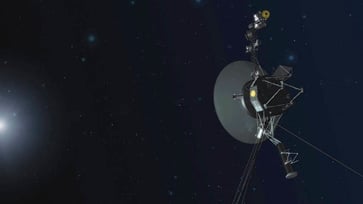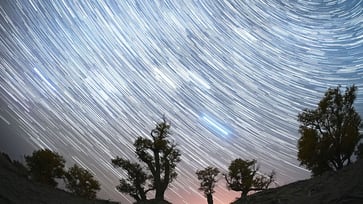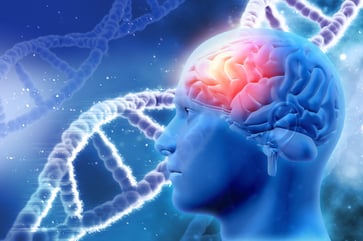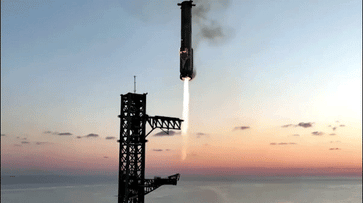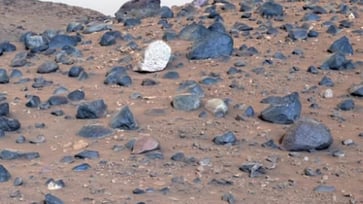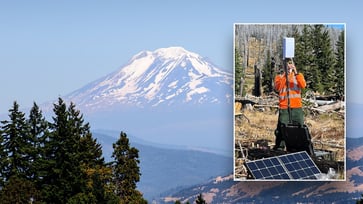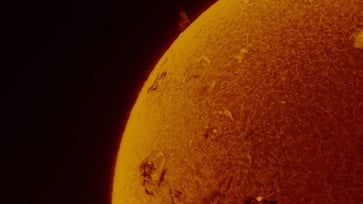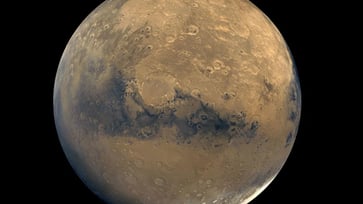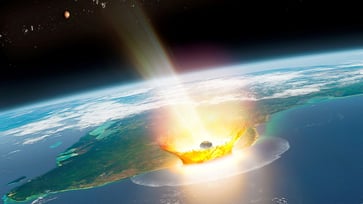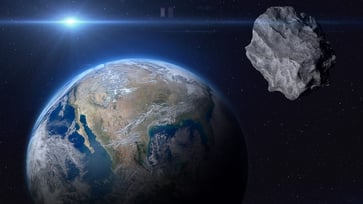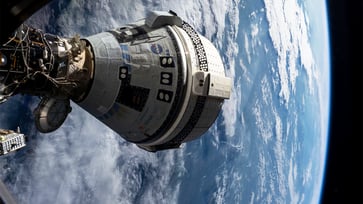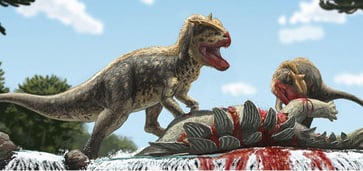New ESA space telescope images unveil a massive stellar nursery.
The 'dark universe' will be surveyed by ESA's Euclid observatory to aid scientists in comprehending dark energy and dark matter.

A European space telescope has captured new images of a vast cluster of young stars, expanding its cosmic database.
The European Space Agency released photos from the Euclid observatory on Thursday, which were taken after the telescope's Florida launch last year as a preliminary mission to its current task of surveying the "dark universe."
Scientists will use Euclid's observations of billions of galaxies, located more than one-third of the sky, to study the mysterious dark energy and dark matter that make up most of the universe.

The space agency's director general, Josef Aschbacher, stated that Euclid is just starting its journey to explore the structure of the universe.

An enormous cradle of baby stars, 1,300 light-years away, has been captured in a newly released picture. A light-year is equivalent to 5.8 trillion miles. Euclid's infrared camera has revealed new regions of star formation within the dusty stellar nursery, as stated by ESA.
science
You might also like
- Lunar modules from the first two moon landings have been captured in stunning detail by Orbiter photos, more than 50 years after the historic missions.
- Discovery of a remarkable mastodon jaw in a New York homeowner's backyard
- NASA resumes communication with Interstellar Voyager 1 after pause.
- In 2055, the asteroid that was once referred to as Earth's "mini moon" will make a return visit.
- A new species of sea slug that resides in the ocean's 'midnight zone' has been discovered with a glowing appearance.
